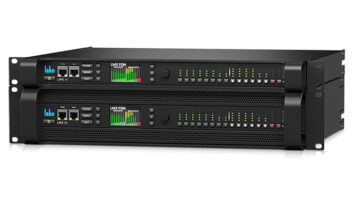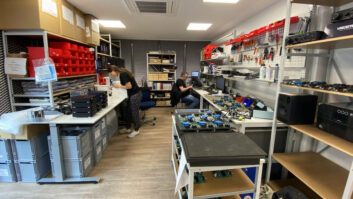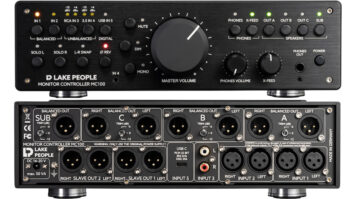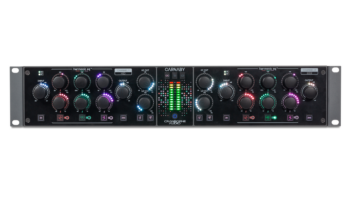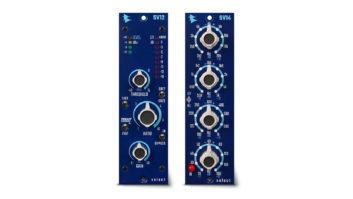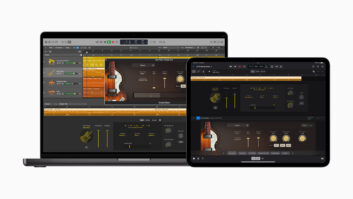
The recent introduction of the Lake Mesa Quad EQ digital matrix processor has expanded the applications for Lake Technology’s DSP-based equalization, delay and dynamics processing tools to also include mastering. Following on the heels of the Contour digital speaker processor, the Lake Mesa Quad EQ now bring the company’s unique asymmetrical Mesa Filter and unlimited EQ filter overlays into the studio.
Wolf Productions Inc. (Alexandria, Virg.) owner and mastering engineer Bill Wolf was first introduced to Lake Technology’s Lake Mesa EQ(tm) Parametric Overlays and Ideal Graphic EQ(tm) overlays by freelance sound engineer Greg Lukens of Washington Professional Systems.
“I noticed that the equalizer did things sonically that I had only
previously heard in the mastering studio,” says Lukens. “But the style and quality of the equalizer and its interface far surpasses anything currently available for the mastering studio.”
“The thing that gets you right away is the sound,” agrees Wolf of the Lake Mesa EQ, which replaced the Lake Contour at the studio as soon as it became available. “The unit has a very solid sound and yet is capable of really opening the treble.”
Wolf explains that he typically masters at 88.2 or 96kHz, up-sampling material where necessary, then down-samples after processing. “Having the full bandwidth at high resolution up to 40 kHz gives a new meaning to putting a little air on the mix,” he says of the Lake Technology unit. “It’s just a sweet sound that really does hold up when you down-sample to 44.1.”
The asymmetrical filtering of the Lake Mesa EQ parametric overlay provides the ability to separate the sides of a parametric section, change center frequencies and adjust slopes independently. With Lake’s EQ overlay processing, which may be configured to provide both Lake Mesa EQ and Ideal Graphic EQ(tm) overlays, any number of EQ filters may be implemented.
Lukens recalls that the application of a Lake Mesa Eq parametric overlay really added air to one particular remastering project at Wolf Productions. “We put the right hand knee at 44.1 kHz, and we took the left-hand knee and gently dragged it down to 4 kHz,” says Lukens. “So when we were doing our air EQ we had nice control from 4 k to 44 k, and just lifted that whole slope up. When we got it opened up to where there was reverb in the tails that we’d not heard before, there was a horrible, cracking cymbal at 7.1 kHz, so we just laid another filter on top of the Mesa filter that we’d drawn.”
The raised cosine filters of the Ideal Graphic EQ overlay sum flat to ensure that EQ controls precisely match response, offering selectivity and no interaction between adjacent bands. “In bluegrass and acoustic music, the open strings on an upright bass often resonate a dB or two hotter than the fingered notes. You look at your note, let’s say a D, which is 73.416 Hz. Type that in and you’ve got a filter there. So you can put a handle on that misbehaving note and you didn’t just give up one of your options as you would on a conventional EQ unit,” explains Lukens.
Wolf adds, “With the multiple filters, it’s possible to balance the notes with some EQ rather than multi-band compression. You don’t get artifacts that limit your equalization ability, so you’re not destroying other things in the bass range or the rest of the mix as well.”
Please visit www.lake.com.
